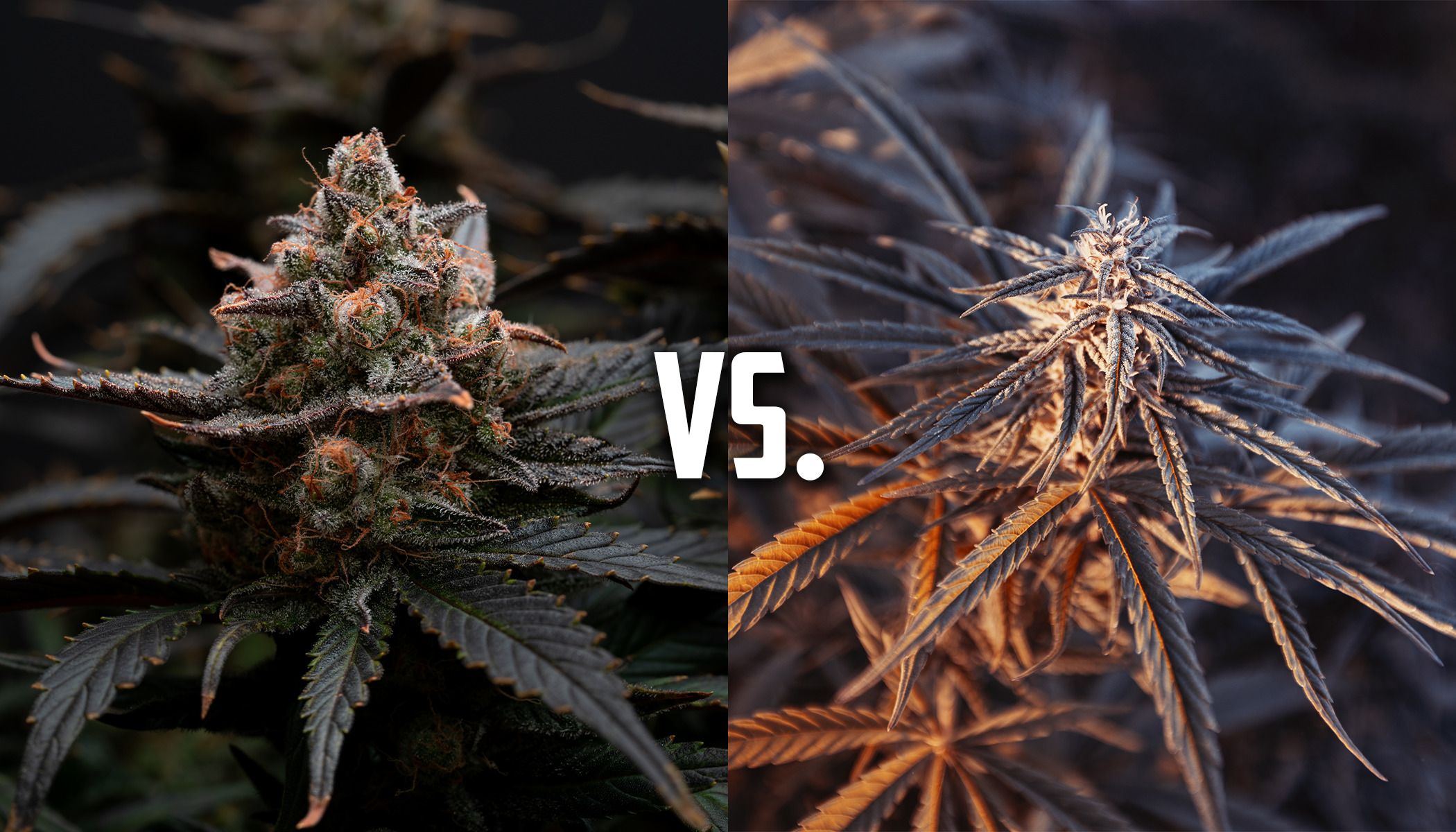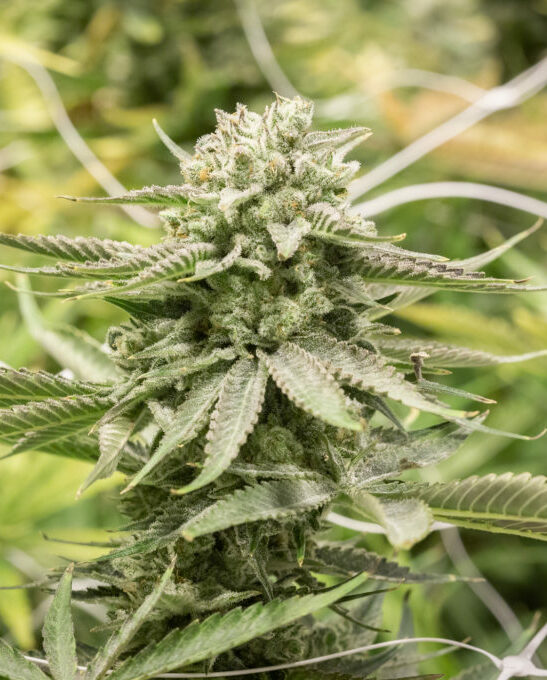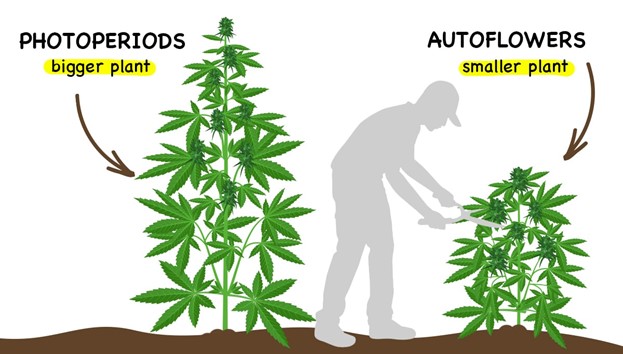
- April 10, 2024
- 0 comments
- 291 Views

Photos versus autos: a comparison
In the wake of cannabis legalization, growers have more options than ever when it comes to selecting genetics and strains. An important choice to make is whether to cultivate photoperiod plants (photos) or autoflowering ones (autos). Let’s look at what makes photos and autos unique and the key differences to consider when selecting between these varieties.
Photos
Photoperiod, also known as photoperiodic or photosensitive, cannabis plants get their name from photoperiodism, the physiological reaction of plants to the recurring cycle of light and darkness. Hence, photos sense and respond to changes in light levels.
As daylight decreases, photos grown outdoors switch from the vegetative to the flowering phase. In indoor cultivation, the “flip” out of veg can be triggered by limiting light to 12 hours, as photos typically require at least 12 hours of darkness to initiate flowering.
Because they will flower only when they sense a change in light, photos can grow vegetatively for quite some time, typically reaching adulthood in four to six weeks and completing their life cycle within 10 to 16 weeks.
Autos
As their name implies, autos automatically flower regardless of light. The timing of flowering is determined by genetics. It can begin as early as four to five weeks, after the plant develops a few branches. Their vegetative growth continues unabated, so they generate plant material swiftly, especially during the initial month of flowering.
The auto-flowering trait comes from Cannabis ruderalis, which likely evolved as an adaptation of Cannabis sativa to the long days of the short Siberian summer, where they would otherwise not have reproduced in time. Natural C. ruderalis contains almost no THC and yields few viable buds, so autos are bred by cross pollinating a C. ruderalis with a C. sativa photo.
The autoflowering trait is recessive, so it cannot be expressed in the first generation after crosspollination. The strains that cannabis growers use are a result of backcross breeding to stabilize the autoflowering behavior.
Because autos are not dependent on light changes to flower, their life cycle is shorter than photos. They can reach adulthood as quickly as two to three weeks and complete their life cycle within seven to 11 weeks.
Key differences between autos and photos
Deciding which type of plant to choose is largely based on a grower’s cultivation setup, experience, end-product goals and desired level of control.
Since growers don’t have to worry about controlling light, autos require significantly less management, making them ideal for beginners and for those who don’t have sophisticated lighting setups in their grow rooms. Indeed, lighting-related cost savings of up to 25% can be achieved with autos.
Autos also tend to be smaller, growing to an average of 3 to 4 feet in height, making them ideal for indoor grow rooms. Growers can fit more plants into the same growing space and achieve impressive yields per square meter, not to mention multiple harvests in a single growing season.
By contrast, because photos have a longer growing period, they average 5 to 6 feet in height indoors, and can reach 10 feet outdoors. Training techniques are often necessary for managing the height of photos indoors.

Even in outdoor cultivation, where space is not as much of a concern, autos may be more suitable when growing in a challenging climate—or simply because the grower wants rapid harvests without compromising bud quality. Meanwhile, growing photos outdoors requires waiting until the fall when daylight hours shorten for the cannabis to flower.
Autos also demand fewer nutrients than photos, which require either more frequent or heavier feedings. Because autos grow so rapidly, it’s possible growers can get a continuous harvest from them up to and sometimes beyond the typical first-frost date in September.
But the lower maintenance and general resiliency of autos does come at a cost. Photos produce the highest levels of cannabinoids, and their THC content averages around 20‒27%, while autos only achieve up to 20%. Photos also tend to have an extended flowering period, thus yielding more and producing stronger flavors and fragrances than autos.
Photos are also ideal for growers who prefer to start from clones, as a photo with strong resilience and plentiful bud production can be replicated time and time again to guarantee success. Autos can be cloned too; however, since the resulting plant would be the same age as its donor or mother plant, flowering would initiate immediately, resulting in minimal yield.
The higher level of management required with photos may also be a plus for some growers. Because indoor growers have control over when to initiate flowering, they can keep plants in the vegetative phase to address any issues before bud development and ensure flowering only occurs at the desired time.
Table: Summary of differences between photos and autos
Parameters
Photos
Autos
Height
5‒6 feet indoors, 9‒10 feet outdoors
3‒4 feet
Duration of life cycle
10‒16 weeks
7‒11 weeks
Light requirement
Start flowering when they receive a signal indicating a change of season:
- Vegetative: 18/6 day/dark hours
- Flowering: 12/12 day/dark hours
Automatically switch from vegetative to flowering with age
Control over flowering
Precise grower control over flowering by manipulating the light cycle
Automatic flowering |
Yields
High
Moderate
Average THC content
20‒27%
20%
Flavor and aroma
High
Comparatively less
Clones
Can be cloned
Undesirable to clone
Maintenance
Higher maintenance, from altering the photoperiod to trimming the tall plants
Low maintenance
Adaptation
Adjusts to changing conditions
More resilient to a variety of conditions
Breeding advancements will close the gap
Photos have been the norm for a while, so growers can choose from a greater variety of high-quality photo strains. However, as the cannabis market continues to expand, breeders continue to innovate to close the gap on yields, terpenes, and cannabinoid content between photos and autos. Growers may soon enjoy a selection of auto varieties that offer genetics and traits comparable to photos. When that day comes, the choice between autos and photos will probably be more dependent on a grower’s setup and desired level of management.
The Emerald Harvest Team